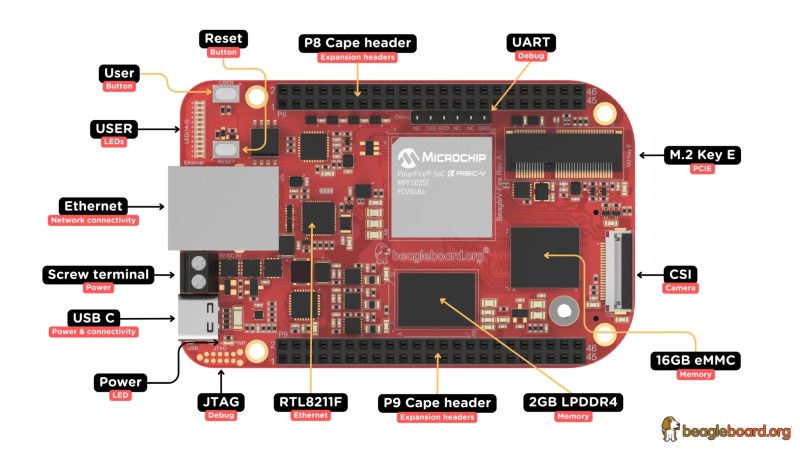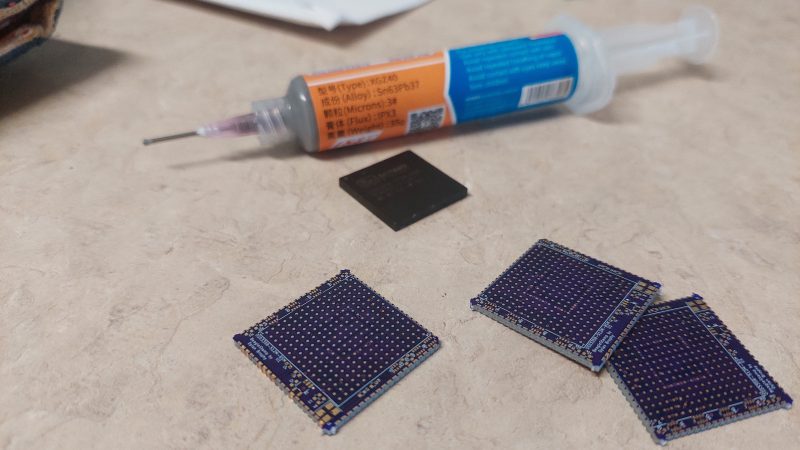There’s a new BeagleBone on the block, and it’s Blue. The BeagleBone Blue is built for robots, and it’s available right now.
If a cerulean BeagleBone sounds familiar, you’re not wrong. About a year ago, the BeagleBone Blue was introduced in partnership with UCSD. This board was meant for robotics, and had the peripherals to match. Support for battery charging was included, as well as motor drivers, sensor inputs, and wireless. If you want to put Linux on a moving thingy, there are worse choices.
The newly introduced BeagleBone Blue is more or less the same. A 9-axis IMU, barometer, …read more
 Continue reading The BeagleBone Blue – Perfect For Robots→
Continue reading The BeagleBone Blue – Perfect For Robots→

